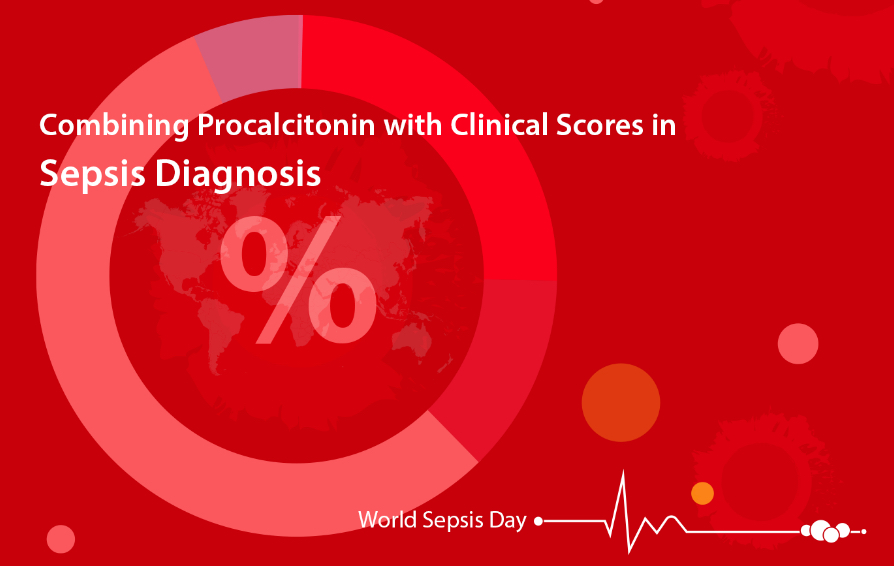Sepsis is a life-threatening medical emergency. The global burden of sepsis is difficult to ascertain, although a recent scientific publication estimated that in 2017 there were 48.9 million cases and 11 million sepsis-related deaths worldwide, which accounted for almost 20% of all global deaths. [1]
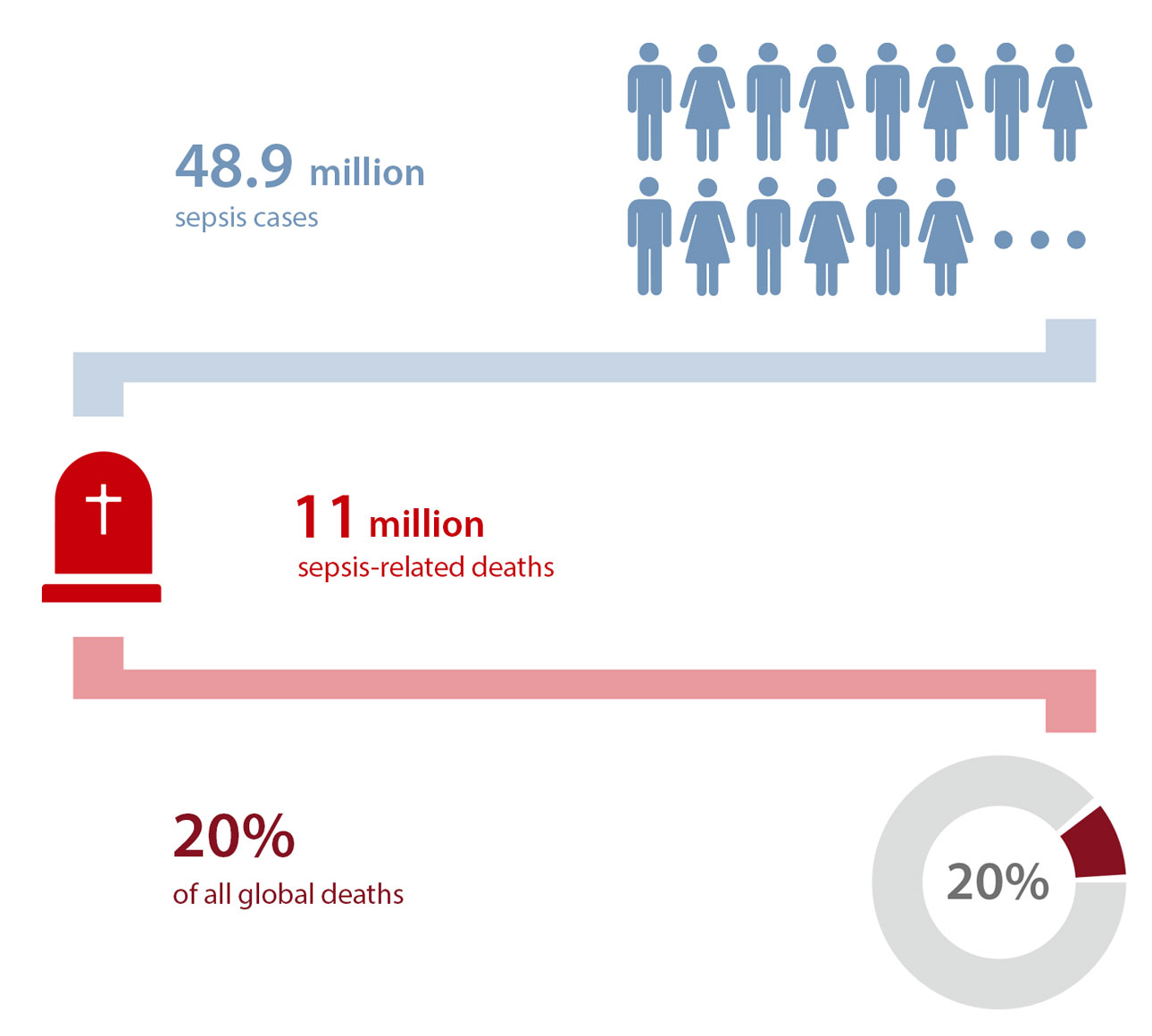
According to The Third International Consensus Definitions for Sepsis and Septic Shock, sepsis should be defined as life-threatening organ dysfunction caused by a dysregulated host response to infection.[2] Bacteria, such as staphylococcus aureus and escherichia coli, are the common causes of sepsis.
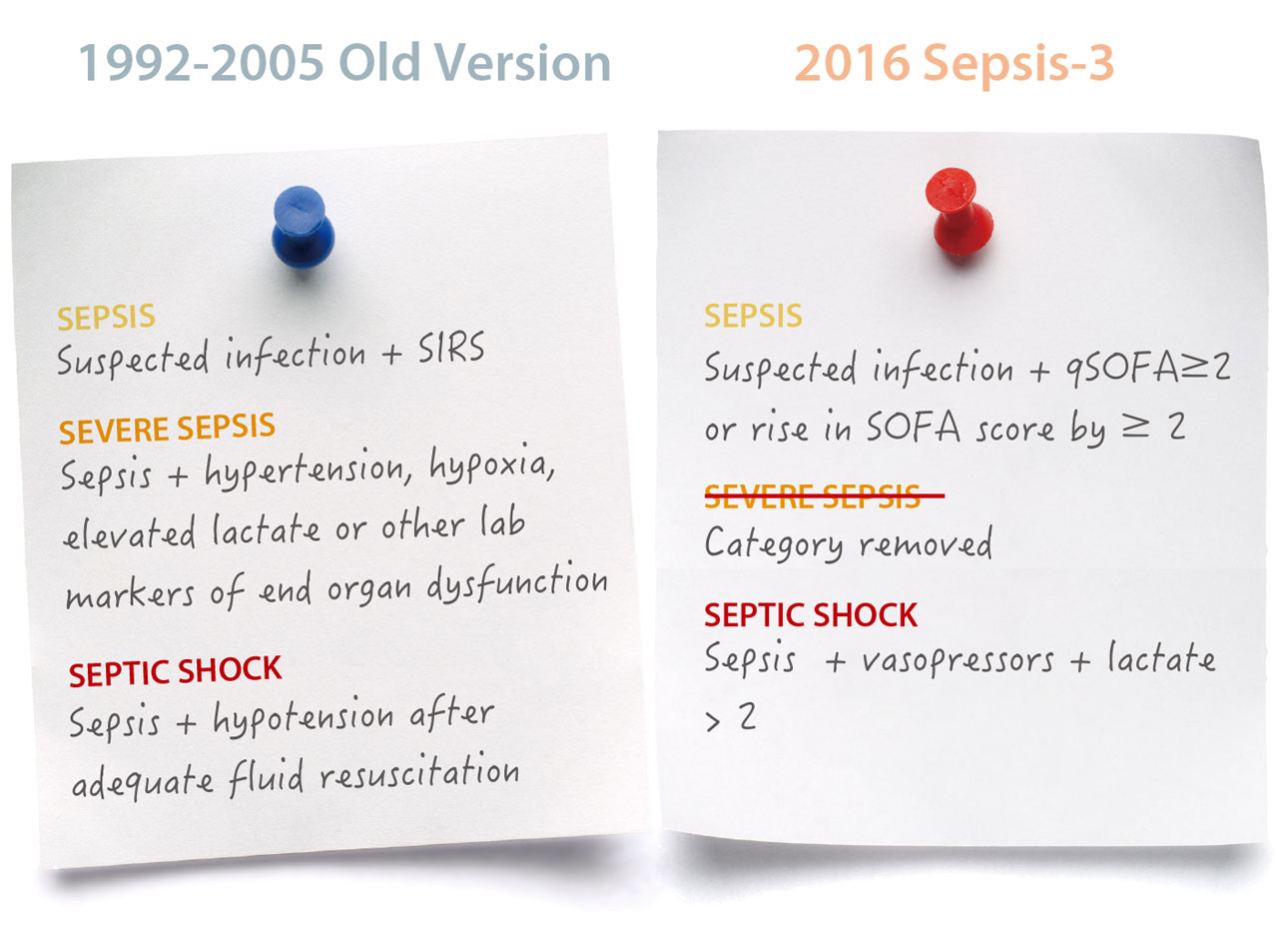
Procalcitonin and Its Clinical Application
Procalcitonin (PCT) is a precursor of calcitonin. Among all the laboratory investigations, PCT is an FDA-approved test which is specific to bacterial infection and sepsis. PCT testing could provide information about the host response to bacterial infection.
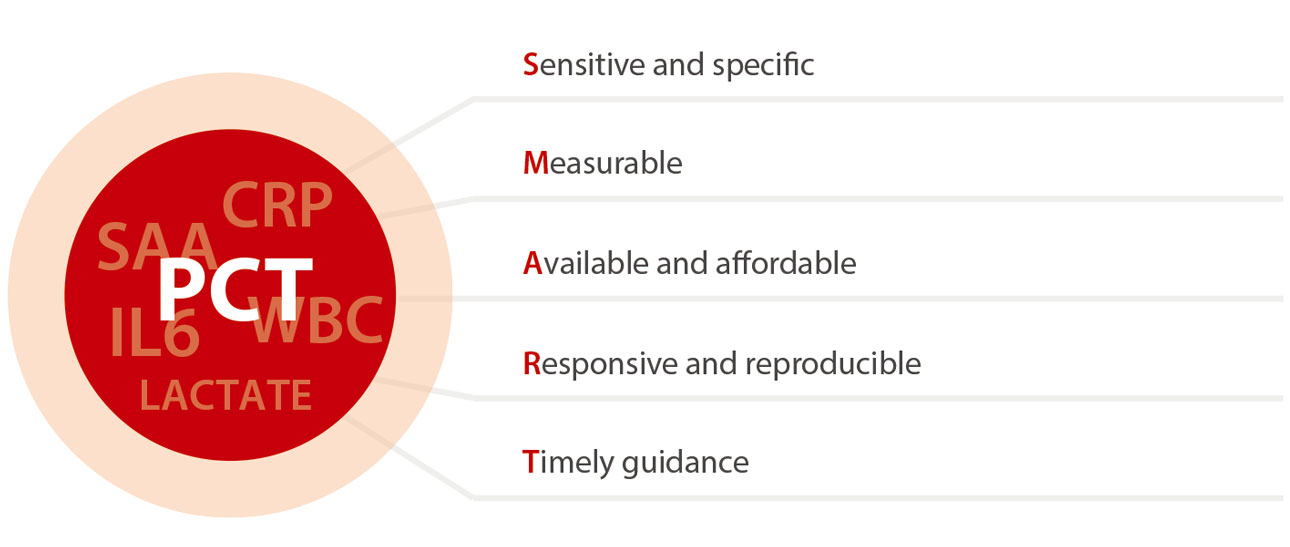
As a medical emergency, screening and early diagnosis of sepsis are significantly helpful for the patient management. The diagnosis of sepsis should be based on evidence from the patient’s symptoms and signs, as well as sepsis specific laboratory testing, e.g. PCT and blood culture.[3]Scores such as sequential organ failure assessment (SOFA) and quick SOFA (qSOFA) are also widely applied to support the diagnosis of sepsis.[2]
What Is qSOFA
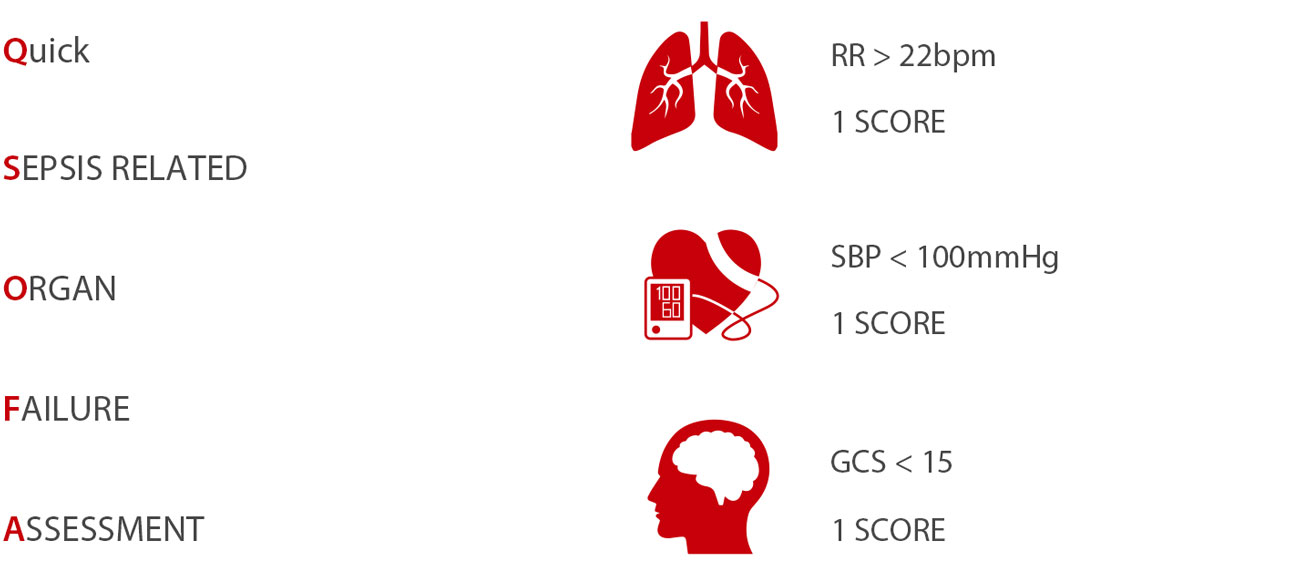
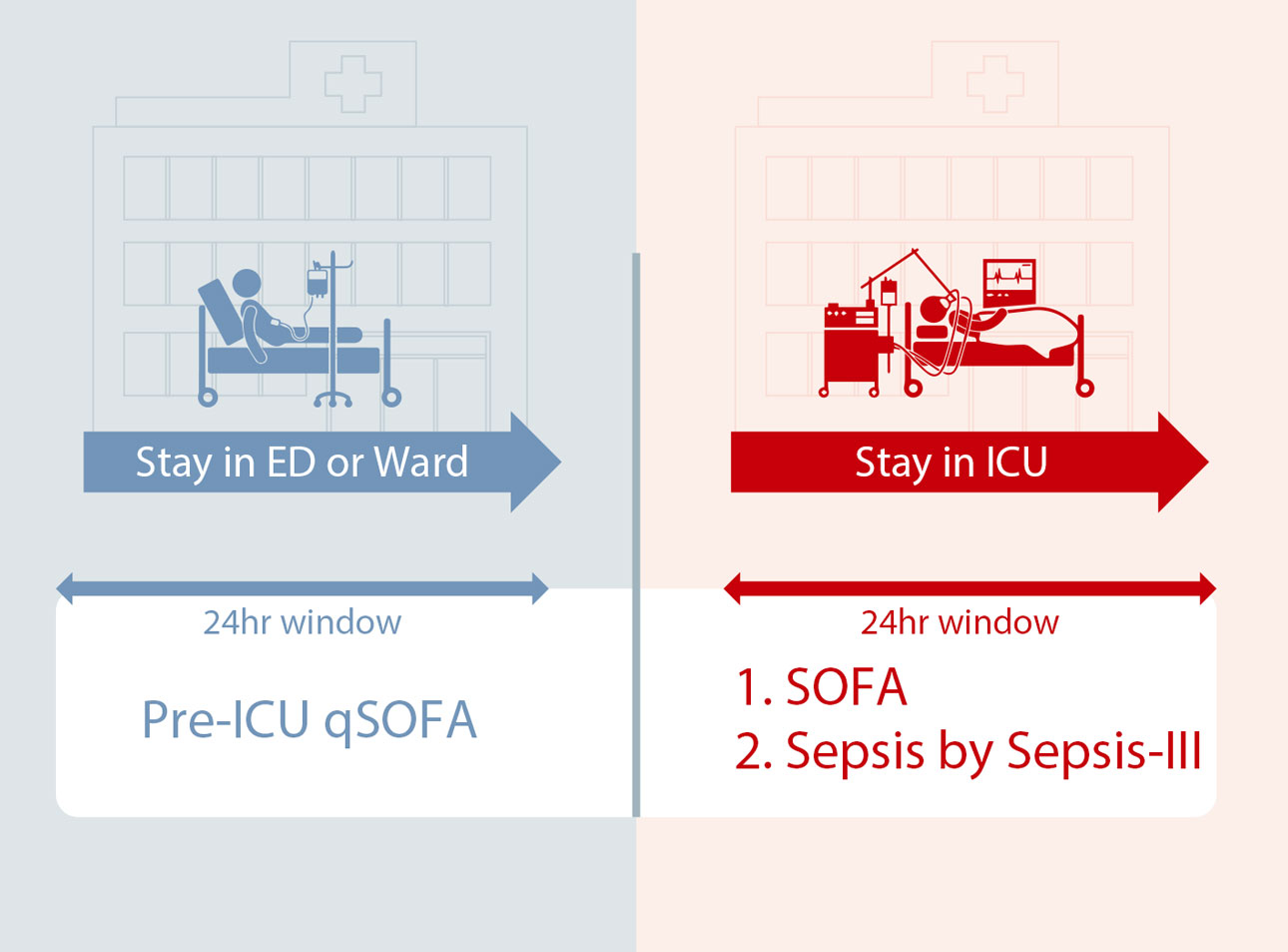
PCT can be combined with related clinical scores, including SOFA and qSOFA scores, for sepsis diagnosis and prognosis prediction. A simple modification of qSOFA score by adding the ordinal scale of PCT value to qSOFA can greatly improve the suboptimal sensitivity problem of qSOFA and may serve as a quick screening tool for early identification of sepsis.[4]
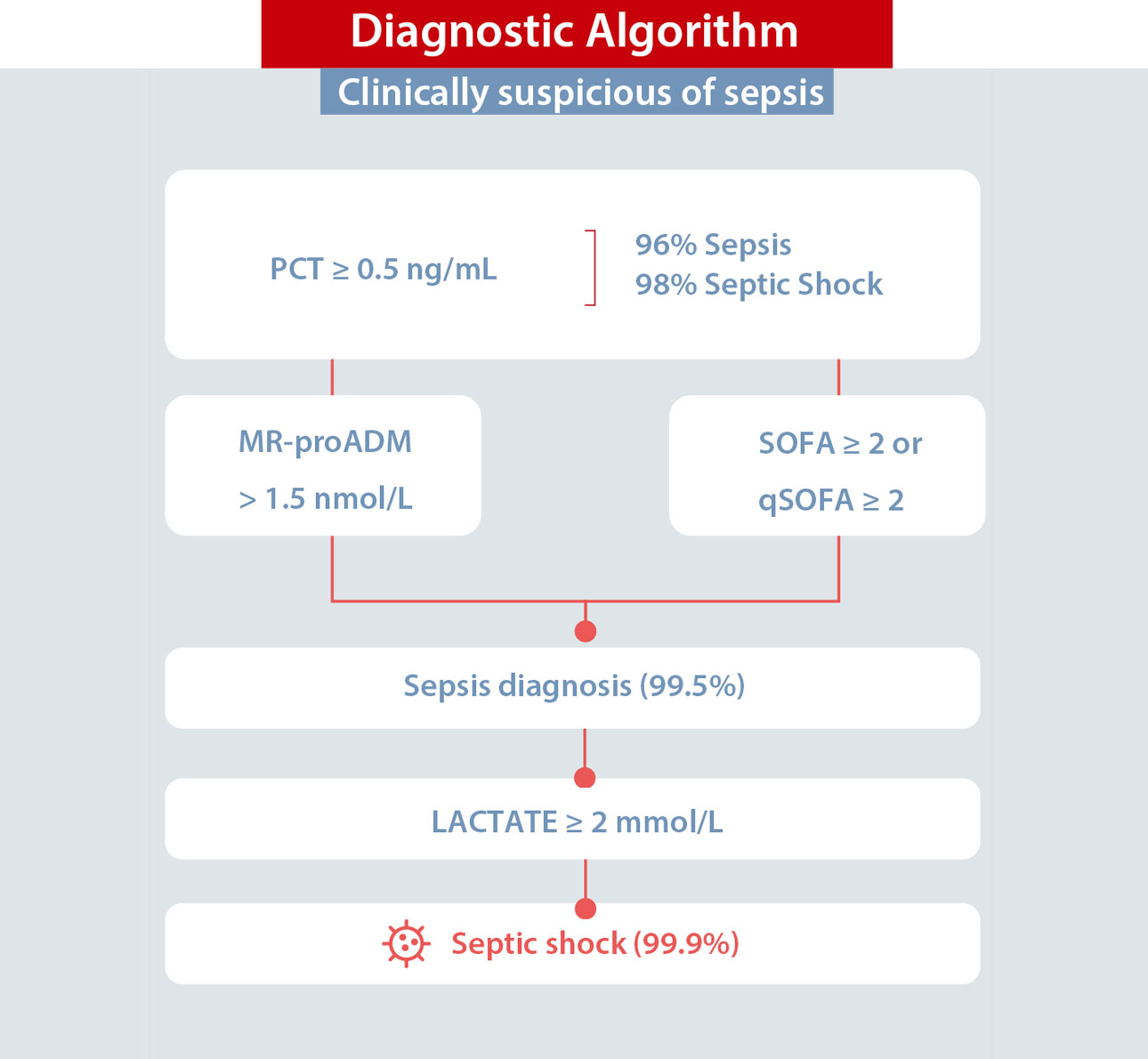
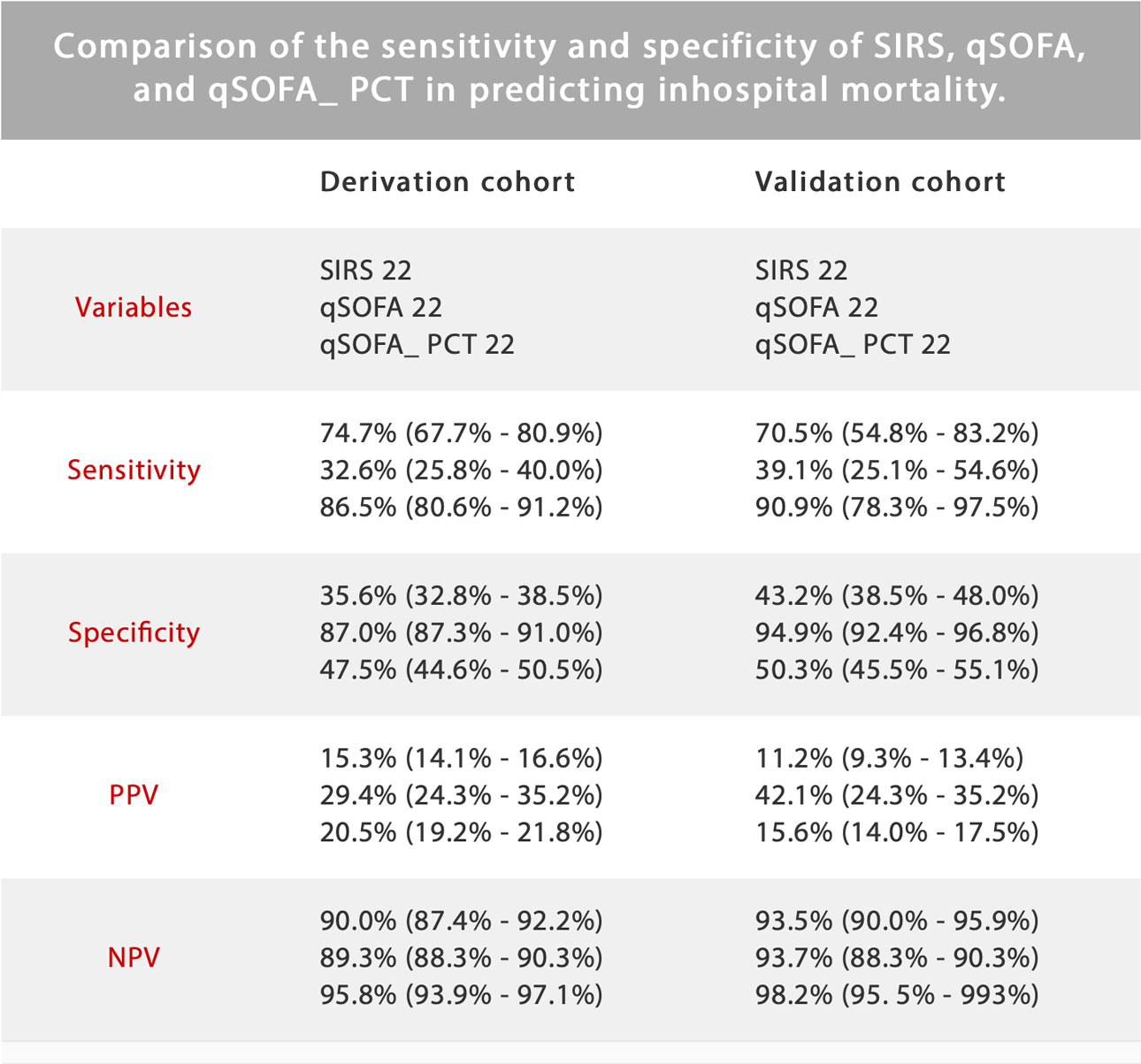
Mindray Comprehensive Solution for Sepsis
Lives can be saved when sepsis is timely recognised, evaluated and treated. For patients with suspected sepsis, every second matters.
Mindray provide a wide range of sepsis solution with valuable clinical significance at every stage of the medical management.
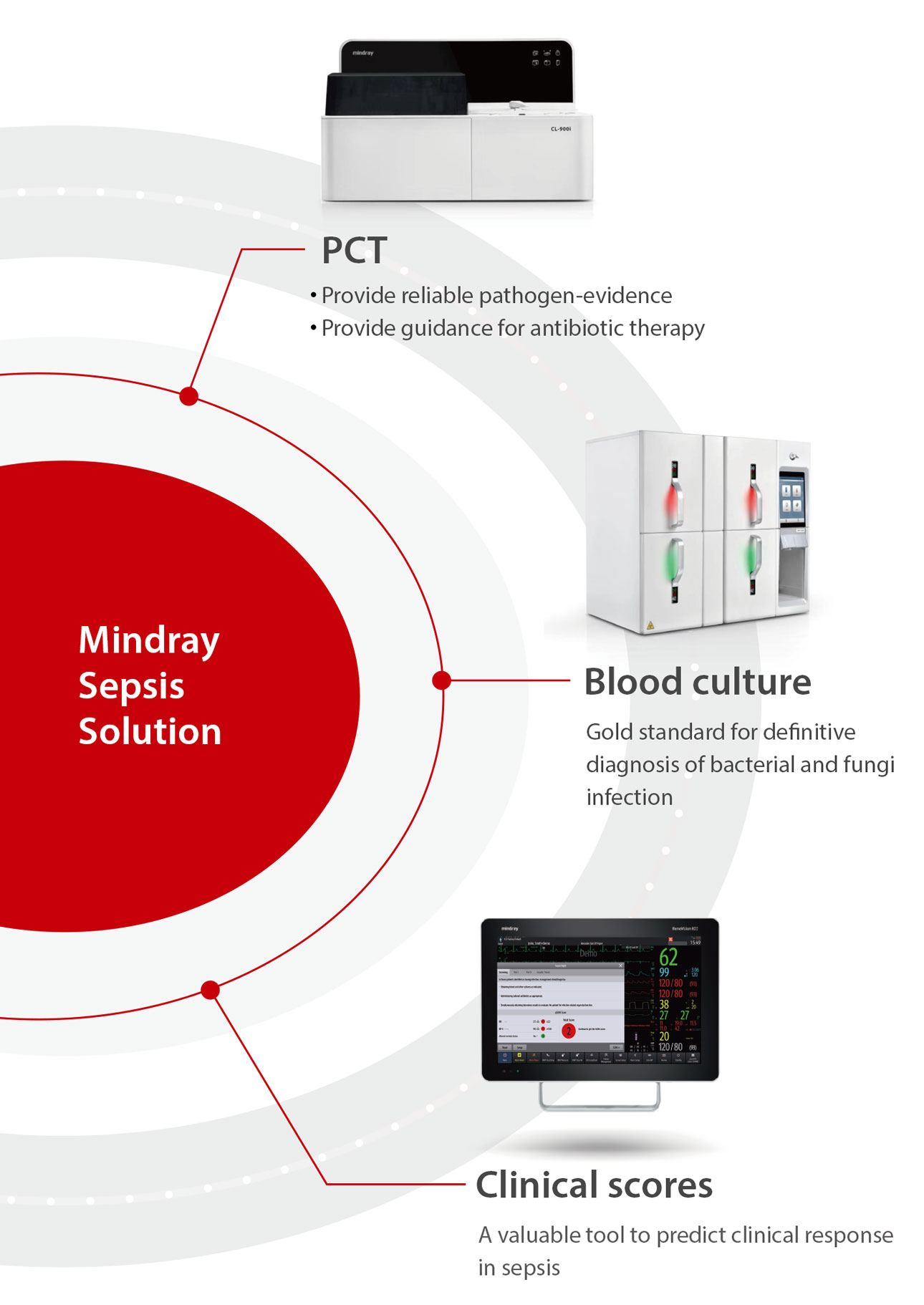
References:
[1] Rudd KE, et al. Global, regional, and national sepsis incidence and mortality, 1990-2017: analysis for the Global Burden of Disease Study. Lancet (London, England). 2020;395(10219):200-11
[2] Singer M, et al. The Third International Consensus Definitions for Sepsis and Septic Shock (Sepsis-3). JAMA. 2016;315(8):801–810. doi:10.1001/jama.2016.0287
[3] Rhodes A, et al. Surviving Sepsis Campaign: International Guidelines for Management of Sepsis and Septic Shock: 2016. Crit Care Med. 2017;45(3):486-552. doi:10.1097/CCM.0000000000002255
[4] Yu, Hua, et al. Combining procalcitonin with the qSOFA and sepsis mortality prediction. Medicine. 2019, 98(23): e15981. doi: 10.1097/MD.0000000000015981
[5] Spoto Silvia, et al. Procalcitonin and MR-Proadrenomedullin Combination with SOFA and qSOFA Scores for Sepsis Diagnosis and Prognosis: A Diagnostic Algorithm, SHOCK: 2018, 50(1): 44-52. doi:10.1097/SHK.0000000000001023
